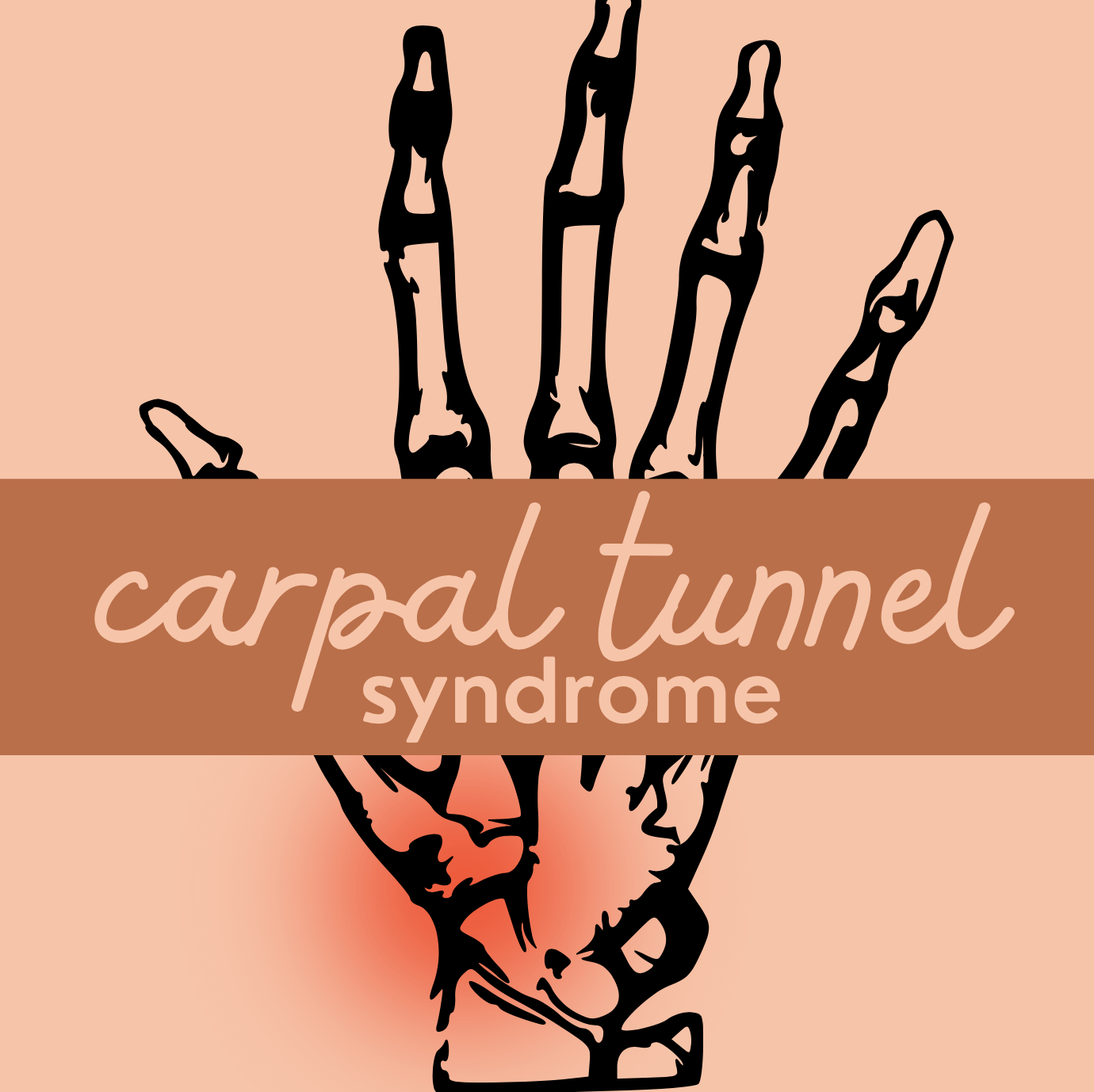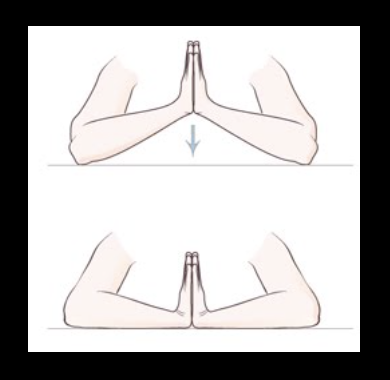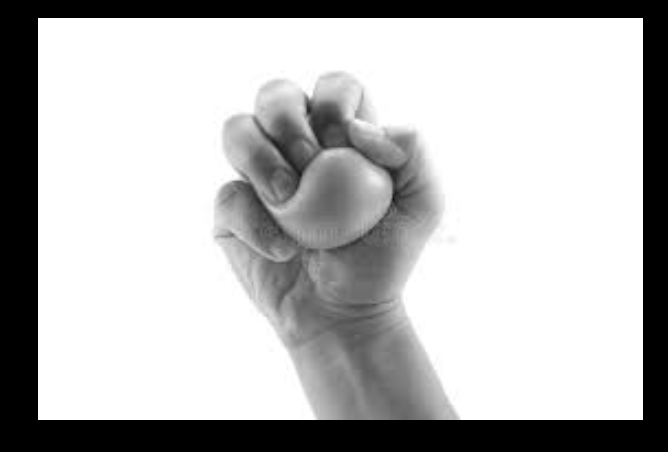Carpal Tunnel Syndrome
Are you experiencing pain, numbness and tingling in your hands? You might have Carpal Tunnel Syndrome.
The “Carpal tunnel” is a narrow passageway in the palm side of your hand, which is surrounded by bone and ligaments which the median nerve travels through.
Carpal Tunnel Syndrome (CTS) is a condition of the hand where the median nerve becomes compressed or squeezed.
The median nerve provides feeling to the palm part of your thumb, index, middle and part of your ring finger, which when compressed, results in the feeling of numbness, tingling, pins and needles or a burning sensation. People with CTS tend to shake their hands frequently to try to get rid of these feelings. The median nerve is also responsible for the movement of muscles near your thumb which can result the feeling of weakness when trying to hold or grip items.
Risk Factors
A study by Kozak et al. (2015) found that the most common work related risk factors for developing CTS included repetitive movements of the hand, force and vibration and wrist posture.
Additional risk factors for CTS include diabetes, obesity, pregnancy, hypothyroidism, family history and rheumatoid arthritis (Wipperman & Goerl, 2016).
According to the National Institute of Neurological Disease and Stroke (2020), women are three times more likely to have CTS than men and CTS is most prevalent in women between the ages of 45-54 (Blumenthal, Herskovitz & Verghese, 2006).
Diagnosis
If you are concerned you are experiencing CTS, you can go to your local physio, where they will gather extensive information about your symptoms and conduct tests to give you an official diagnosis.
A Physical Exam:
Motor and sensation testing: The physiotherapist may test your grip strength and do some sensory testing to see if there are any differences in the feelings of your hand and fingers which correlate with where the median nerve innervates.
Phalens manoeuver (reverse prayer stretch): is where you flex both wrists at 90 degrees and push them against each other for 60 seconds in a reverse prayer movement. A positive test is the occurrence of pain or altered sensation in at least one of the fingers innervated by the median nerve
Tinels sign: The physiotherapist will lightly tap over the median nerve, if the nerve is compressed, there will be a tingling sensation that radiates outward, this indicates a positive test for CTS.
X-Rays may be indicated if there are structural deformities like bone or joint disease
Other diagnostic tools such as Electromyography and Ultrasonography for atypical cases.
Treatment Options
Splinting
Local corticosteroid injection
Oral medication
Physiotherapy exercises
Decompression surgery
What does the evidence say?
Manual therapy is more effective in the short term than surgery but in the long term, both have similar effectiveness (Fernández-de-las Peñas et al., 2015). Both options improve function, symptom severity and grip strength in women with CTS (Fernández-de-las Peñas et al., 2017).
So Physiotherapy or Surgery?
Surgery could be considered if the symptoms are severe but it is important to note than more than a third of patients don’t return to work 8 weeks post op due to complications and recovery, therefore it is worthwhile considering a more conservative approach first (Carpal Tunnel Syndrome: Physical Therapy or Surgery?, 2017). Manual physical therapy is more cost effective than surgery which is also an important factor to consider (Fernández-de-las Peñas et al., 2019).
There is lots of research on the effectiveness of physiotherapy in the conservative treatment of CTS and improving symptoms (Bobowik, 2019). Your physiotherapist can offer a range of treatment options such as massage, bone mobilisation, neurodynamic techniques, exercise prescription and stretches.
Field et al. (2004) found that one 15-minute massage a week plus daily self-massage resulted in a higher reduction in symptoms of CTS compared to no treatment.
Tal-Akabi and Rushton (2000) also found that carpal bone mobilisation had a reduction in symptoms of CTS compared to no treatment after 3 weeks.
Manual therapy including neurodynamic techniques had an increased reduction in pain, symptoms and overall improved function when compared to electrophysical modalities (Wolny, Saulicz, Linek, Shacklock & Myśliwiec, 2017).
So what can you do?
Book in with a physiotherapist to discuss the treatment options, in the meanwhile, here are some simple exercises you can do at home to help relieve your symptoms.
Prayer stretch for 1 minute, 3x daily
Wrist extension exercise, 10 reps, 3 sets
Active movement of wrist as often as possible
Grip Strengthening: 15 reps, 3 sets
Median Nerve Glide: Start with your arm bent and your head straight. Tilt your head sideways towards the affected hand while straightening out your arm and extending your wrist. Then tilt your head to the opposite side while your elbow and flexing your wrist.
By Priya Narayan, physiotherapy student at Exercise Thought
References:
Andreu, J. L., Ly-Pen, D., Millán, I., de Blas, G., & Sánchez-Olaso, A. (2014). Local injection versus surgery in carpal tunnel syndrome: neurophysiologic outcomes of a randomized clinical trial. Clinical neurophysiology : official journal of the International Federation of Clinical Neurophysiology, 125(7), 1479–1484. https://doi.org/10.1016/j.clinph.2013.11.010
Blumenthal, S., Herskovitz, S., & Verghese, J. (2006). Carpal tunnel syndrome in older adults. Muscle & nerve, 34(1), 78–83. https://doi.org/10.1002/mus.20559
Bobowik, P. (2019). Effectiveness of physiotherapy in carpal tunnel syndrome (CTS). Advances in Rehabilitation, 33(2), 47-58. https://doi.org/10.5114/areh.2019.85023
Carpal Tunnel Syndrome: Physical Therapy or Surgery?. (2017). Journal Of Orthopaedic & Sports Physical Therapy, 47(3), 162-162. doi: 10.2519/jospt.2017.0503
Fernández-de-Las-Peñas, C., Cleland, J., Palacios-Ceña, M., Fuensalida-Novo, S., Pareja, J. A., & Alonso-Blanco, C. (2017). The Effectiveness of Manual Therapy Versus Surgery on Self-reported Function, Cervical Range of Motion, and Pinch Grip Force in Carpal Tunnel Syndrome: A Randomized Clinical Trial. The Journal of orthopaedic and sports physical therapy, 47(3), 151–161. https://doi.org/10.2519/jospt.2017.7090
Fernández-de-Las-Peñas, C., Ortega-Santiago, R., Díaz, H. F., Salom-Moreno, J., Cleland, J. A., Pareja, J. A., & Arias-Buría, J. L. (2019). Cost-Effectiveness Evaluation of Manual Physical Therapy Versus Surgery for Carpal Tunnel Syndrome: Evidence From a Randomized Clinical Trial. The Journal of orthopaedic and sports physical therapy, 49(2), 55–63. https://doi.org/10.2519/jospt.2019.8483
Fernández-de-las Peñas, C., Ortega-Santiago, R., de la Llave-Rincón, A., Martínez-Perez, A., Fahandezh-Saddi Díaz, H., & Martínez-Martín, J. et al. (2015). Manual Physical Therapy Versus Surgery for Carpal Tunnel Syndrome: A Randomized Parallel-Group Trial. The Journal Of Pain, 16(11), 1087-1094. doi: 10.1016/j.jpain.2015.07.012
Field, T., Diego, M., Cullen, C., Hartshorn, K., Gruskin, A., Hernandez-Rief, M., & Sunshine, W. (2004). Carpal tunnel syndrome symptoms are lessened following massage therapy. Journal of bodywork and movement therapies, 8[1], pp.9-14. Doi: 10.1016/S1360-8592(03)00064-0
Hamzeh, H., Madi, M., Alghwiri, A. A., & Hawamdeh, Z. (2020). The long-term effect of neurodynamics vs exercise therapy on pain and function in people with carpal tunnel syndrome: A randomized parallel-group clinical trial. Journal of hand therapy : official journal of the American Society of Hand Therapists, S0894-1130(20)30144-7. Advance online publication. https://doi.org/10.1016/j.jht.2020.07.005
Kozak, A., Schedlbauer, G., Wirth, T., Euler, U., Westermann, C., & Nienhaus, A. (2015). Association between work-related biomechanical risk factors and the occurrence of carpal tunnel syndrome: an overview of systematic reviews and a meta-analysis of current research. BMC musculoskeletal disorders, 16, 231. https://doi.org/10.1186/s12891-015-0685-0
Wolny, T., Saulicz, E., Linek, P., Shacklock, M., & Myśliwiec, A. (2017). Efficacy of Manual Therapy Including Neurodynamic Techniques for the Treatment of Carpal Tunnel Syndrome: A Randomized Controlled Trial. Journal of manipulative and physiological therapeutics, 40(4), 263–272. https://doi.org/10.1016/j.jmpt.2017.02.004
National Institute of Neurological Disease and Stroke. (2020). Carpel Tunnel Syndrome Fact Sheet. Retrieved from https://www.ninds.nih.gov/Disorders/Patient-Caregiver-Education/Fact-Sheets/Carpal-Tunnel-Syndrome-Fact-Sheet
Tal-Akabi, A., & Rushton, A. (2000). An investigation to compare the effectiveness of carpal bone mobilisation and neurodynamic mobilisation as methods of treatment for carpal tunnel syndrome. Manual therapy, 5(4), 214–222. https://doi.org/10.1054/math.2000.0355
Whipperman, J., & Goerl, K. (2016). Carpal Tunnel Syndrome: Diagnosis and Management. Am Fam Physician, 15;94(12):993-999. Retrieved from https://www.aafp.org/afp/2016/1215/p993.html






